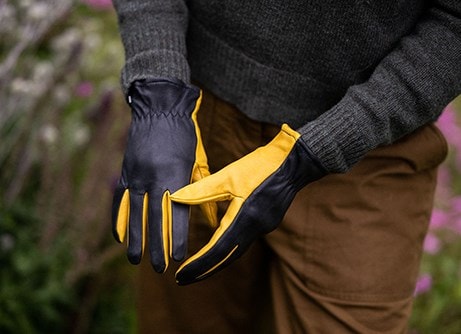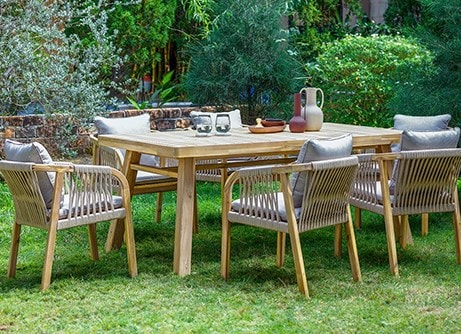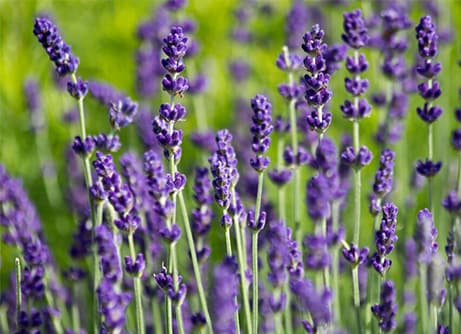
Ideal for mid-spring colour, this Darwin hybrid tulip stands out for its tall, sturdy stems and long-lasting, goblet-shaped blooms. The flowers open to a soft salmon-pink, lightly flushed with apricot tones and paler edges, making it a useful tulip for mixing with other pastel spring bulbs.
Strong stems help it withstand poor weather, while its perennial habit means Tulipa 'Salmon Impression' often returns reliably each year with minimal fuss. Plant in well-drained soil in full sun for the best display, and deadhead spent flowers to conserve energy for bulb regrowth. Suitable for borders, cutting gardens and large containers.
Strong stems help it withstand poor weather, while its perennial habit means Tulipa 'Salmon Impression' often returns reliably each year with minimal fuss. Plant in well-drained soil in full sun for the best display, and deadhead spent flowers to conserve energy for bulb regrowth. Suitable for borders, cutting gardens and large containers.
How to care for Tulipa Salmon Impression:
Using fresh, good-quality compost, plant bulbs in pots from September to November. For borders, we advise waiting until after the first frosts (typically mid-October to early December depending on your location) to reduce the risk of potential disease such as Tulip Fire.
Plant bulbs 15-20cm (6-8in) deep and 10-15cm (4-6in) apart in fertile, well-drained soil. Alternatively, allow 7-9 bulbs per 30cm sq or 60-75 bulbs per m². If you’re unable to plant your bulbs immediately, they can be stored in a cool environment with good air circulation. Remove all the packaging and place them in a loose-weave jute sack before labelling and hanging up in a dry, unheated garden shed or well-ventilated greenhouse.
In spring, when the plants are in active growth, apply a high-potash fertiliser (like Tomorite) each week until the leaves start to die back. Pinch off the spent flower heads as the petals fall, and let the stem and foliage die back naturally. The bulbs can then be lifted and discarded, or cleaned, dried and stored (as before) for replanting the following autumn.
Plant bulbs 15-20cm (6-8in) deep and 10-15cm (4-6in) apart in fertile, well-drained soil. Alternatively, allow 7-9 bulbs per 30cm sq or 60-75 bulbs per m². If you’re unable to plant your bulbs immediately, they can be stored in a cool environment with good air circulation. Remove all the packaging and place them in a loose-weave jute sack before labelling and hanging up in a dry, unheated garden shed or well-ventilated greenhouse.
In spring, when the plants are in active growth, apply a high-potash fertiliser (like Tomorite) each week until the leaves start to die back. Pinch off the spent flower heads as the petals fall, and let the stem and foliage die back naturally. The bulbs can then be lifted and discarded, or cleaned, dried and stored (as before) for replanting the following autumn.
Flowering period:
- Jan
- Feb
- Mar
- Apr
- May
- Jun
- Jul
- Aug
- Sep
- Oct
- Nov
- Dec
Eventual height:
0.5m
Eventual spread:
0.2m
Position:
Full sun
Rate of growth:
Average
Soil:
Moderately fertile, moist but well-drained soil, or peat-free general purpose compost
Hardiness:
Fully hardy
-
Humans: Harmful if eaten; skin allergen; Pets: Ornamental bulbs - not to be eaten
Product options
Delivery options (pick your preferred option at checkout)
Goes well with
Bulb planting auger - long
From £7.99
View options
| large | £15.99 |
|
| medium | £11.99 |
|
| small | £7.99 |
|
| set of 3, save £6 | £29.97 |
|
View details
Bulb planting auger - short
From £6.99
View options
| medium | £11.99 |
|
|
| large | £14.99 |
|
|
| small | £6.99 |
|
|
| set of 3, save £5 | £28.97 |
|
View details









